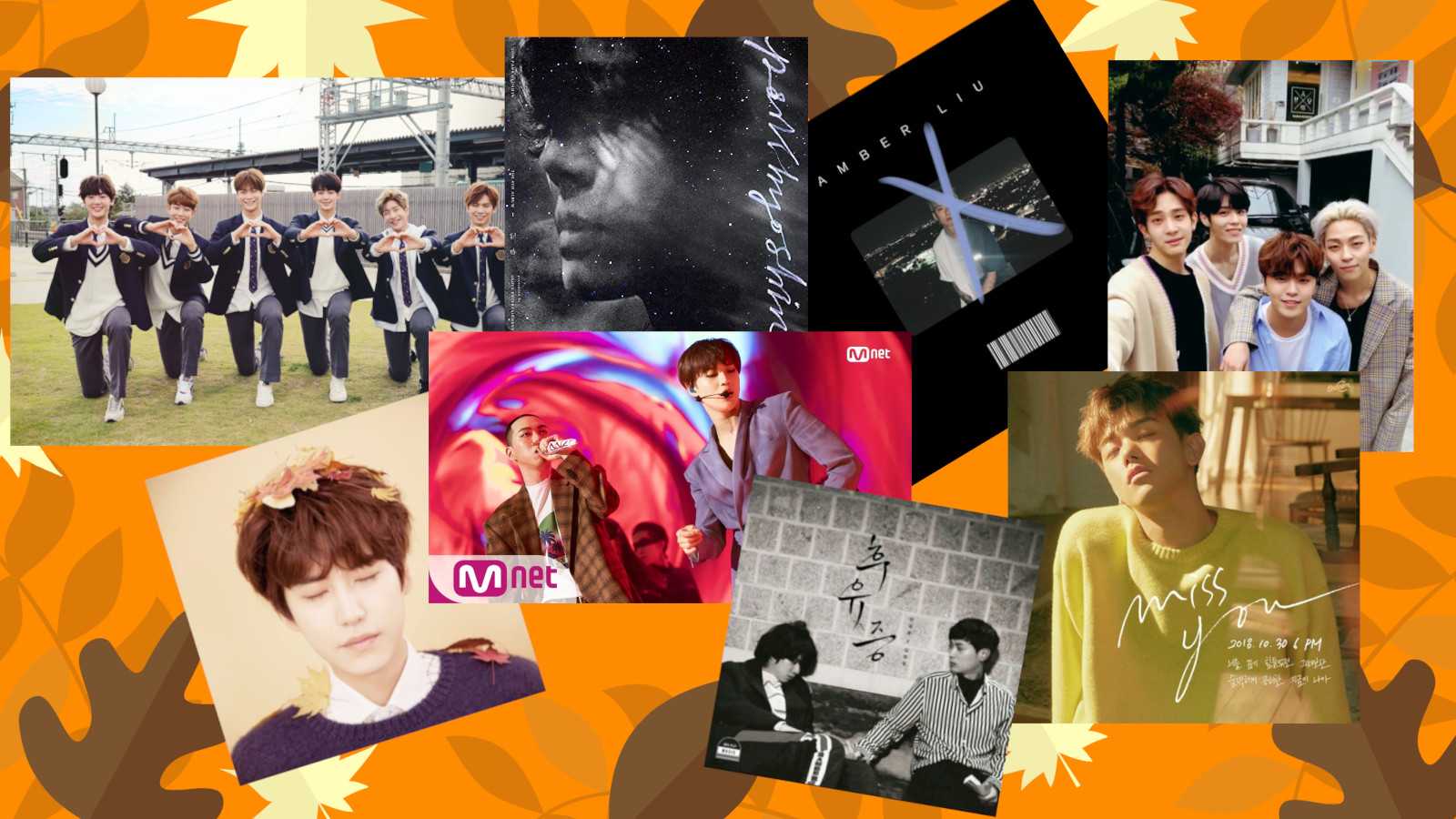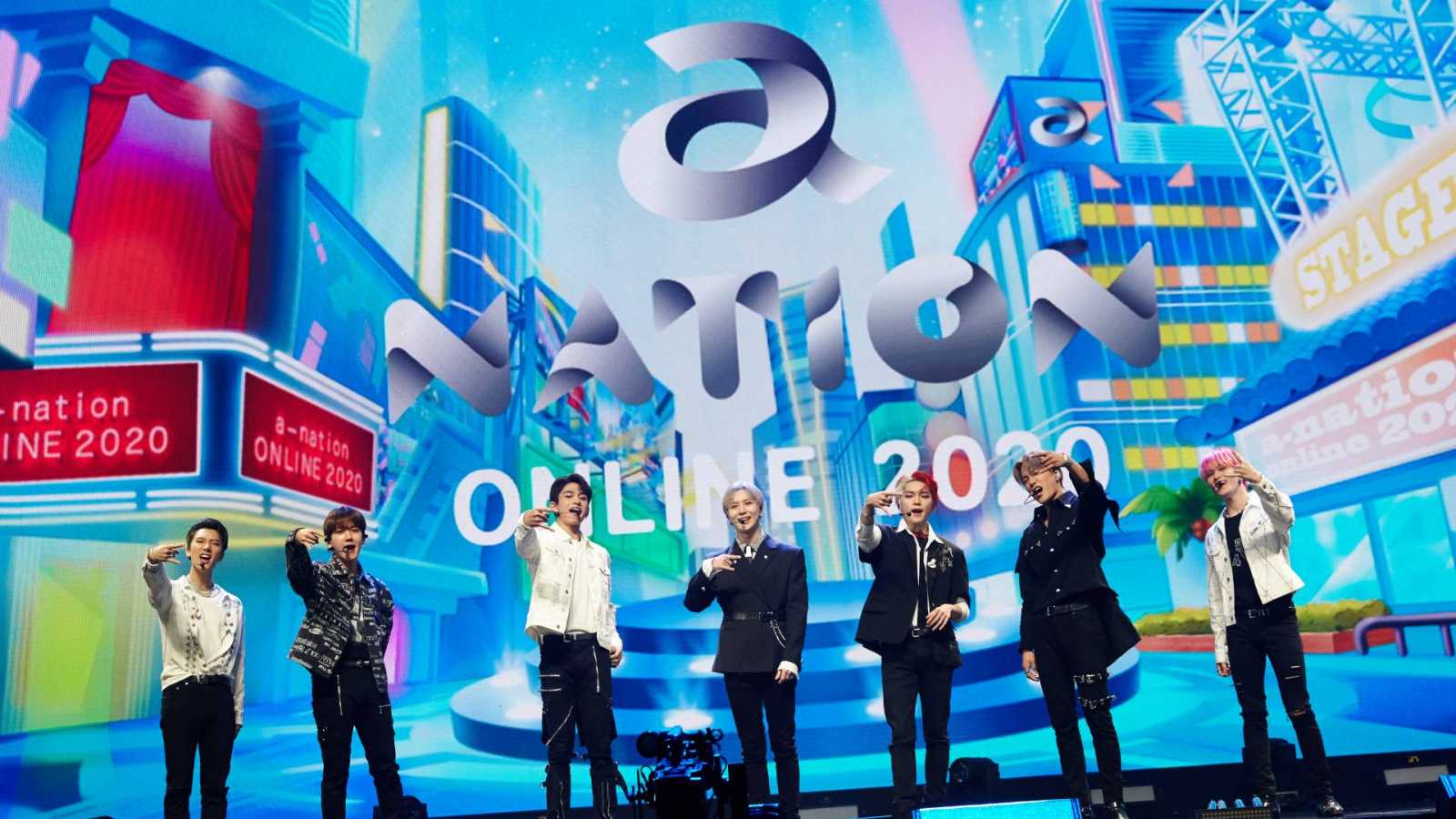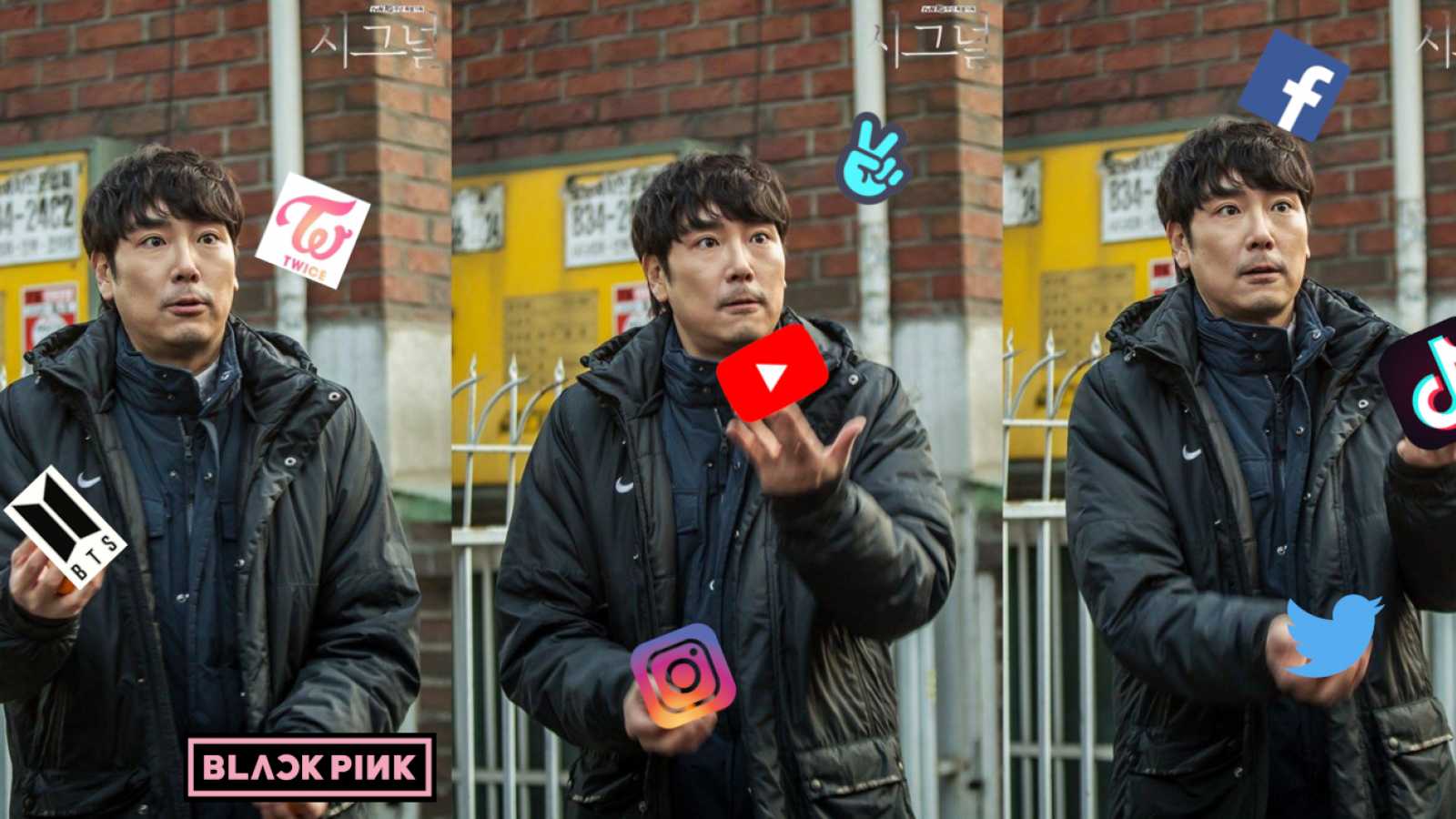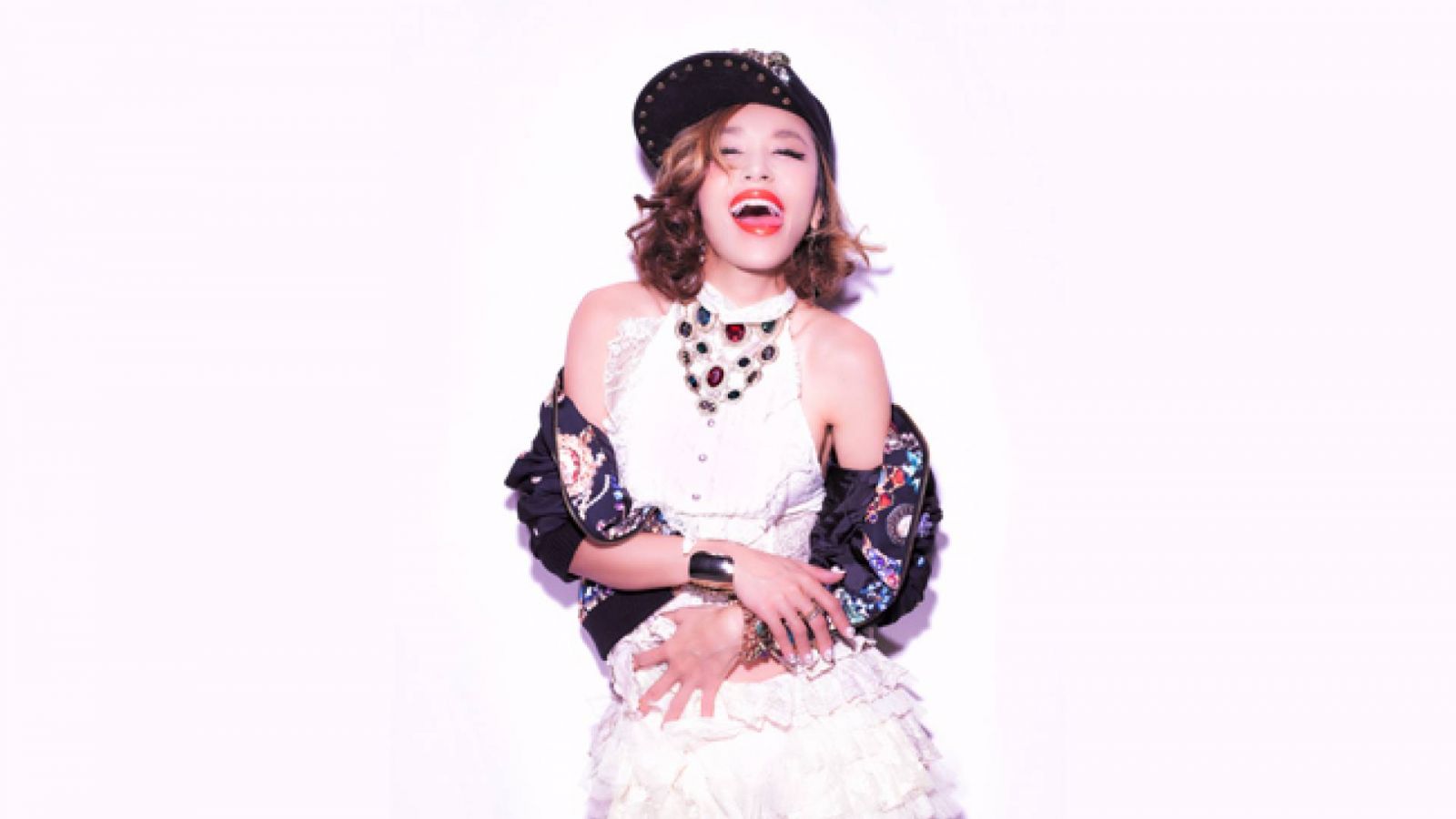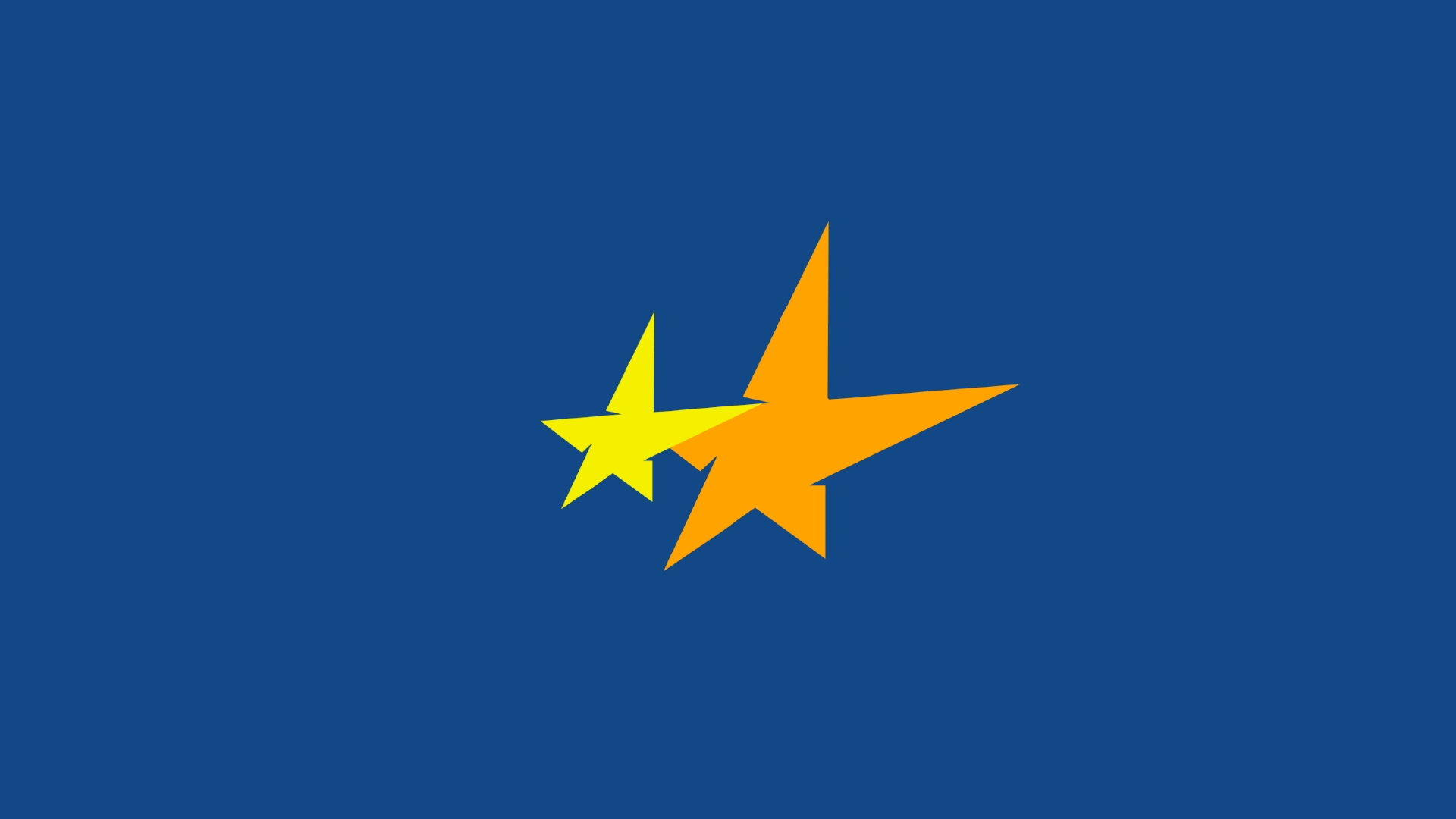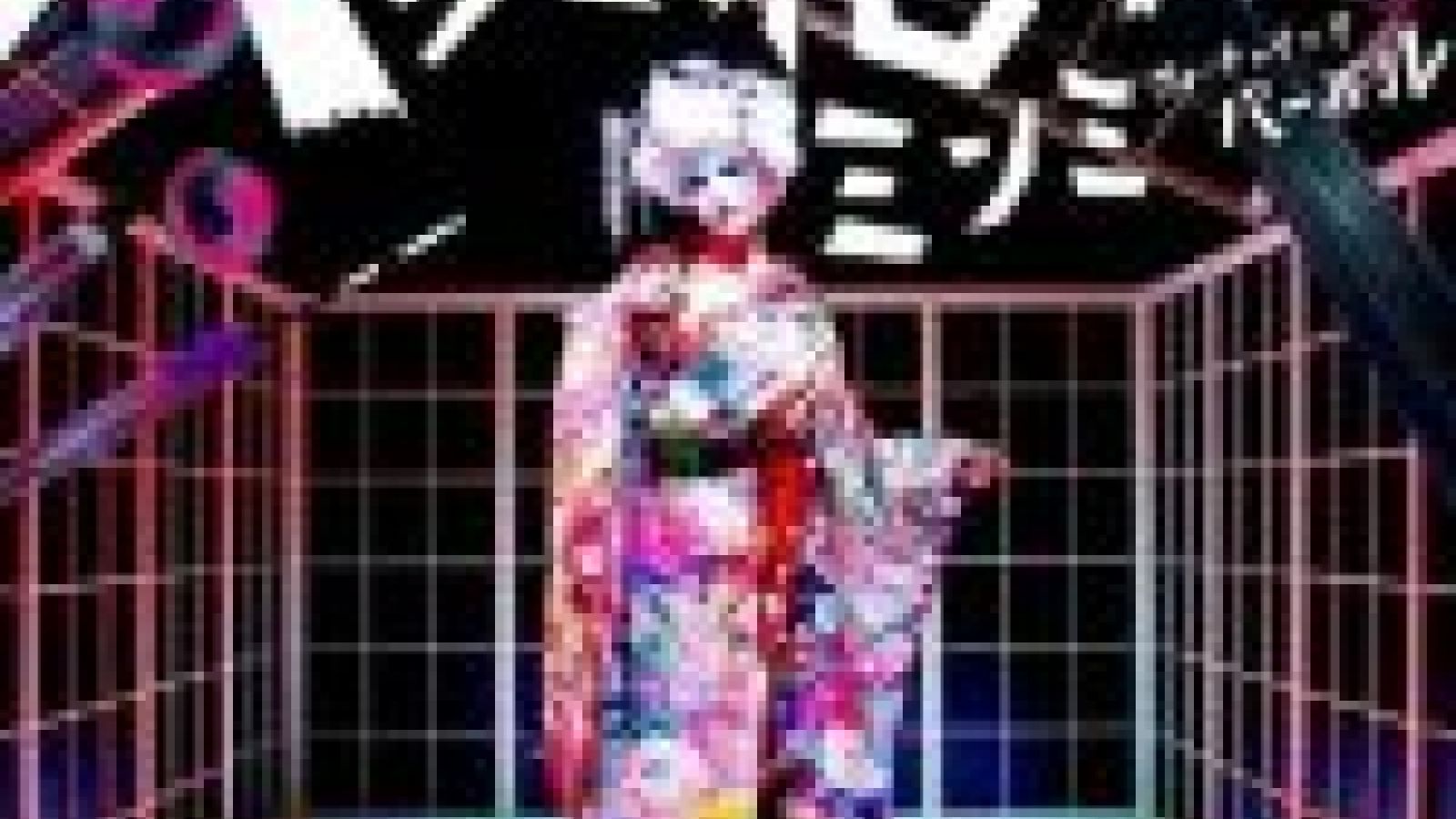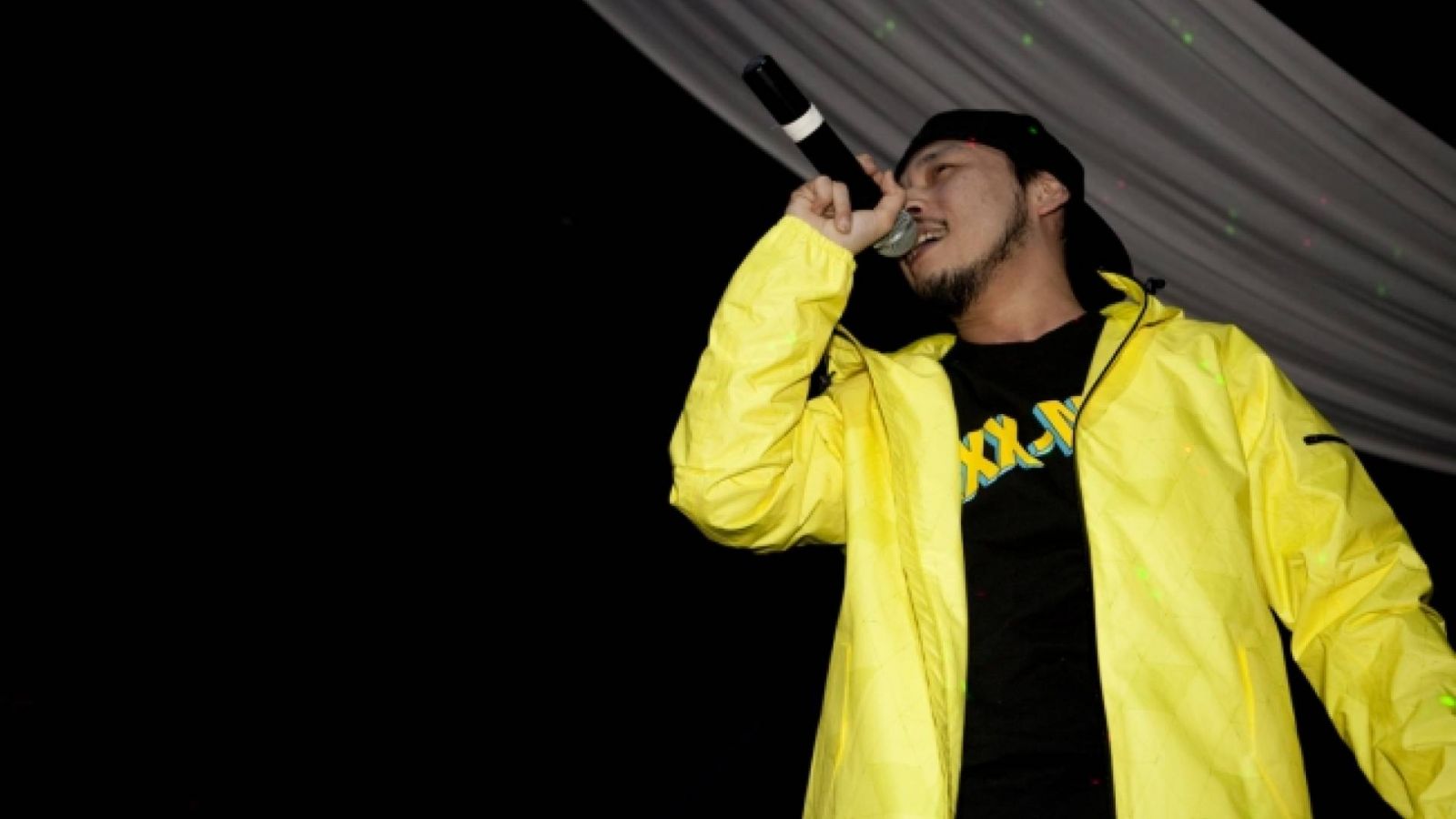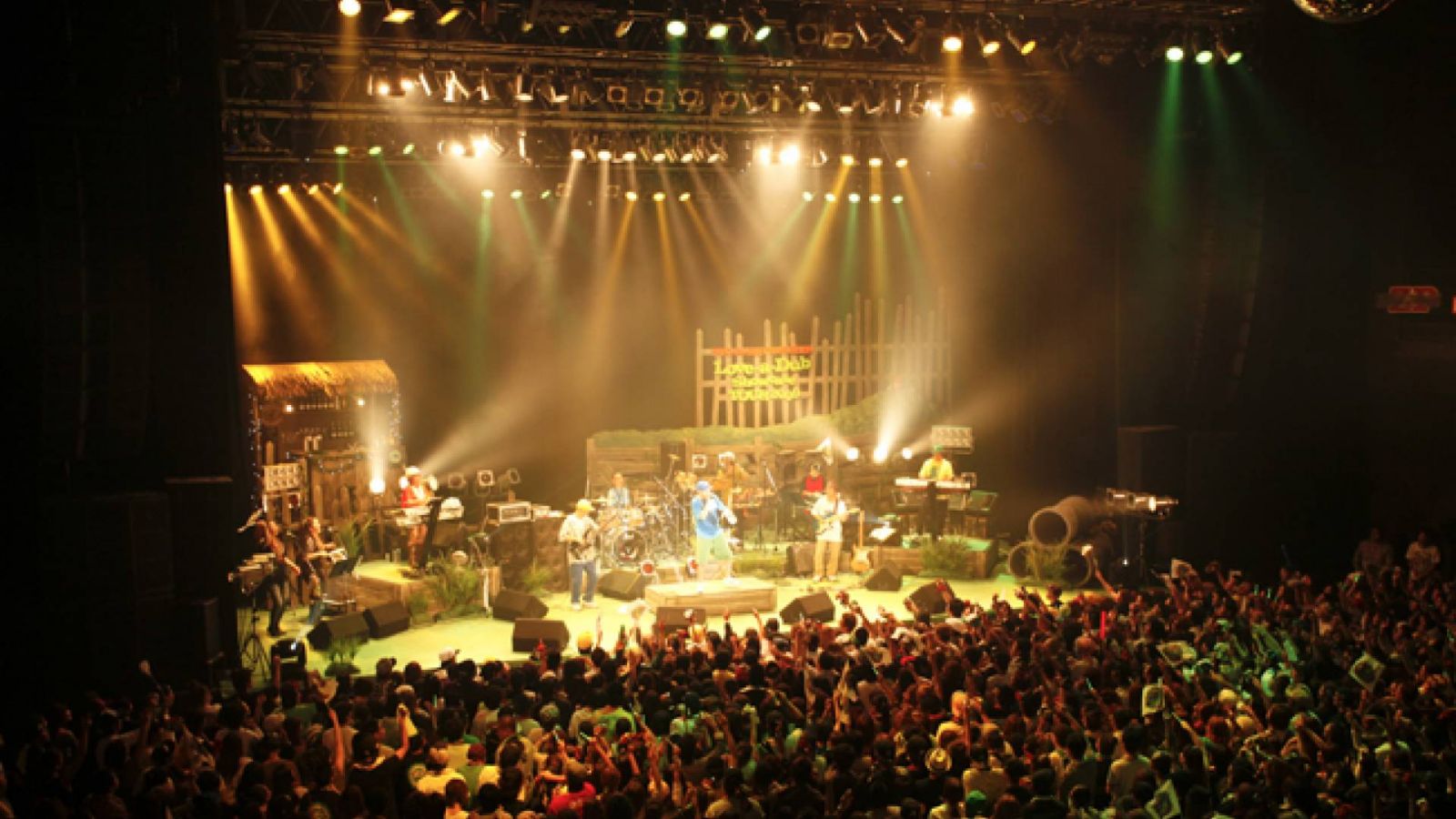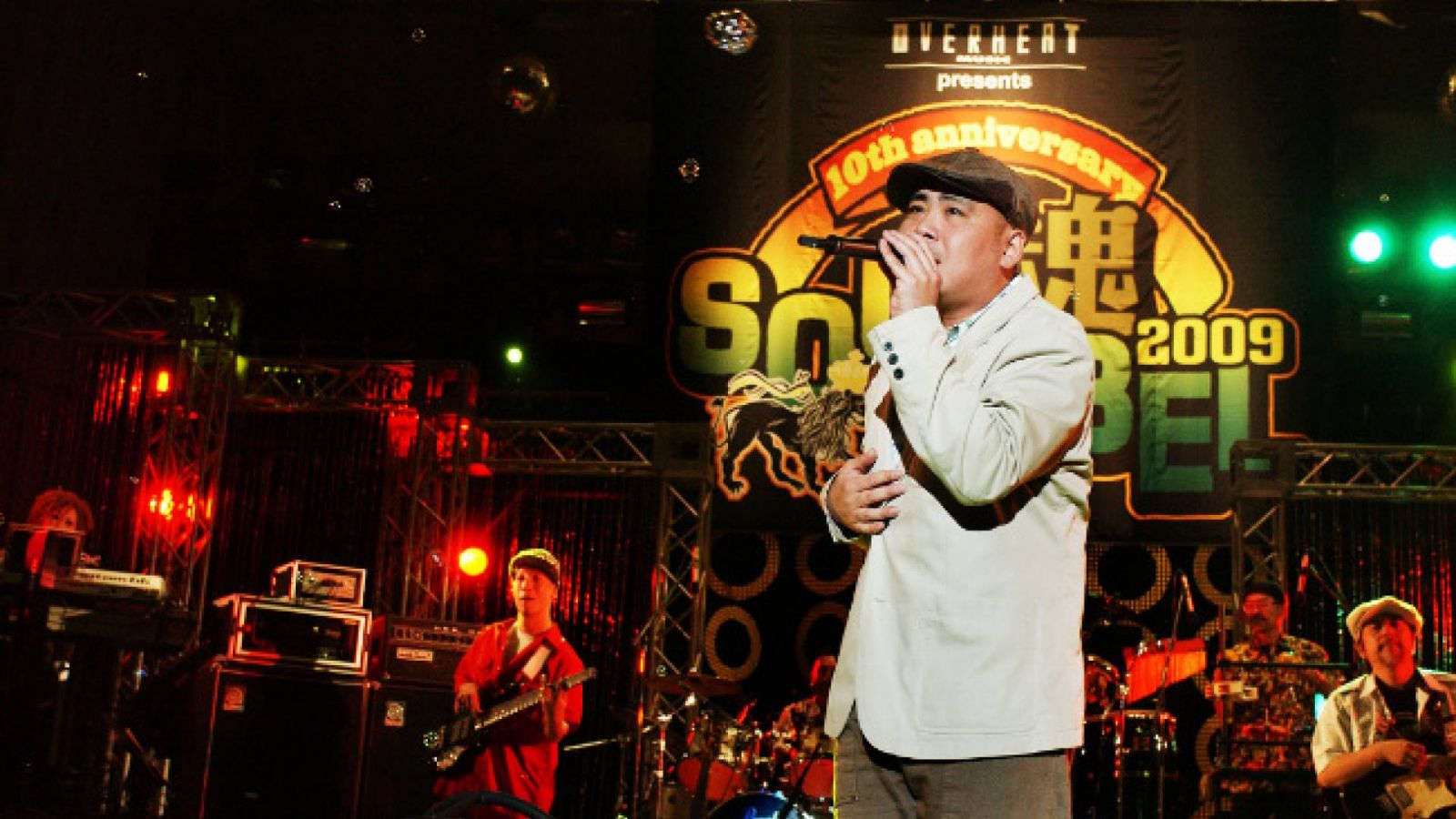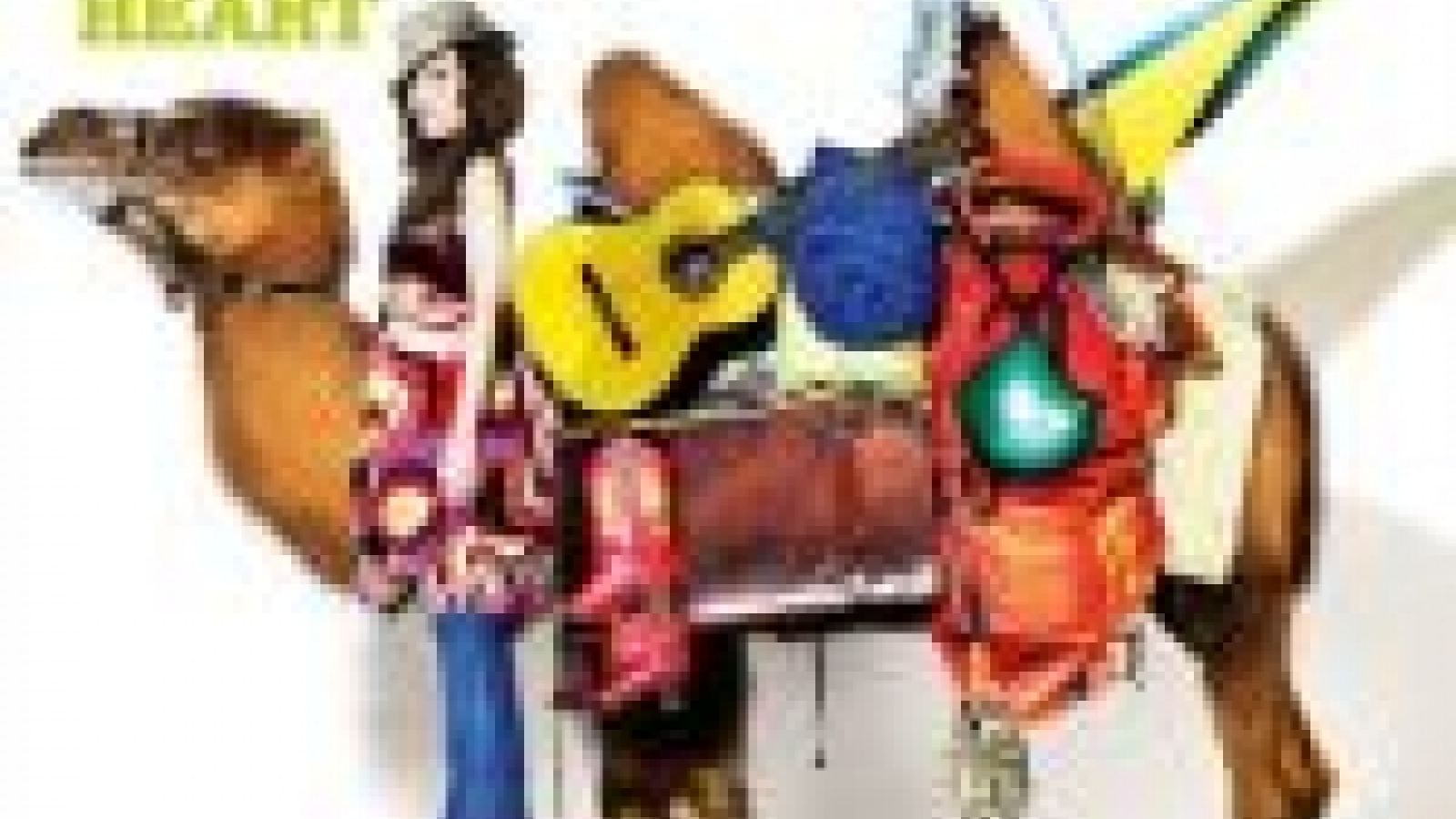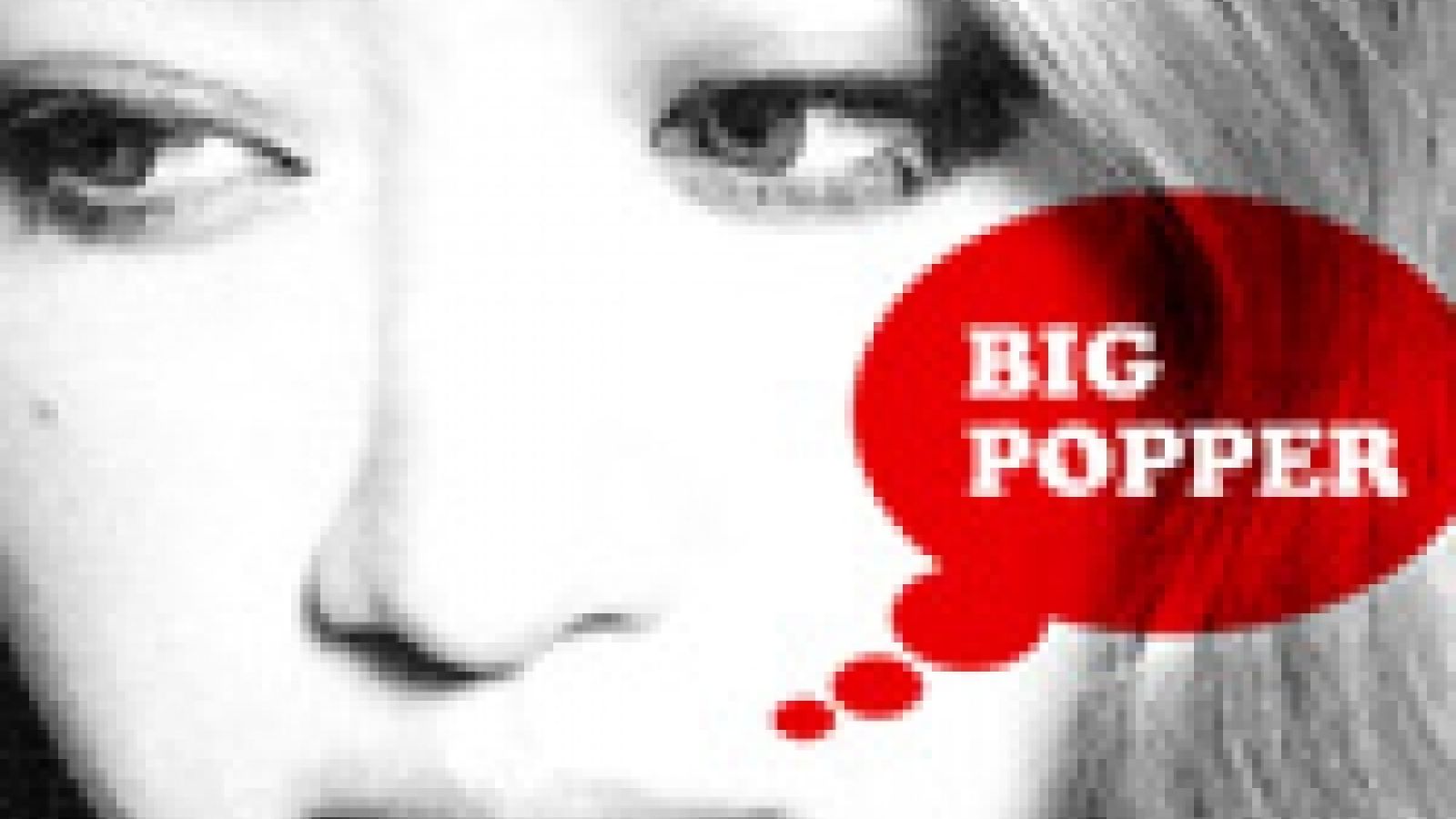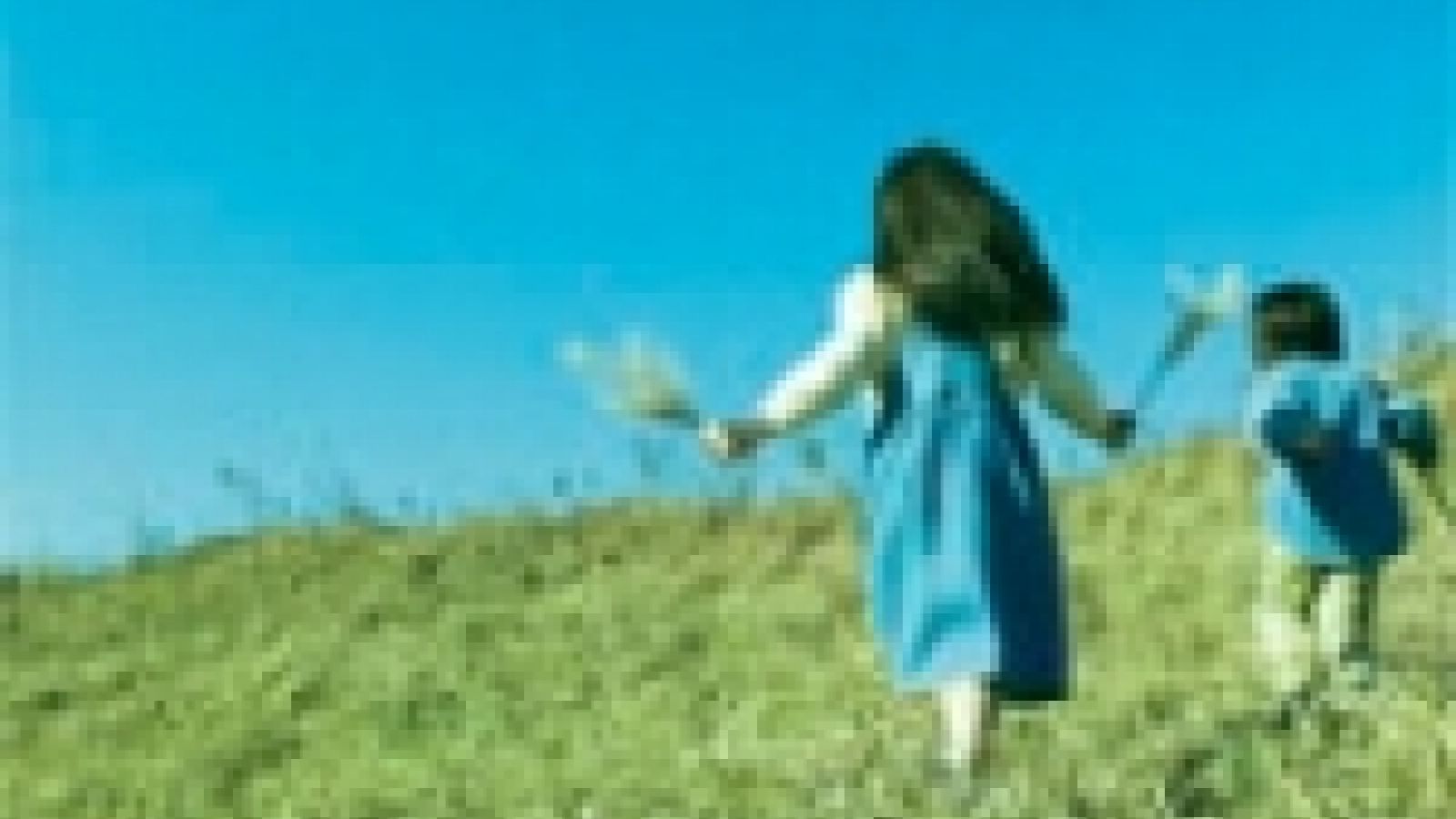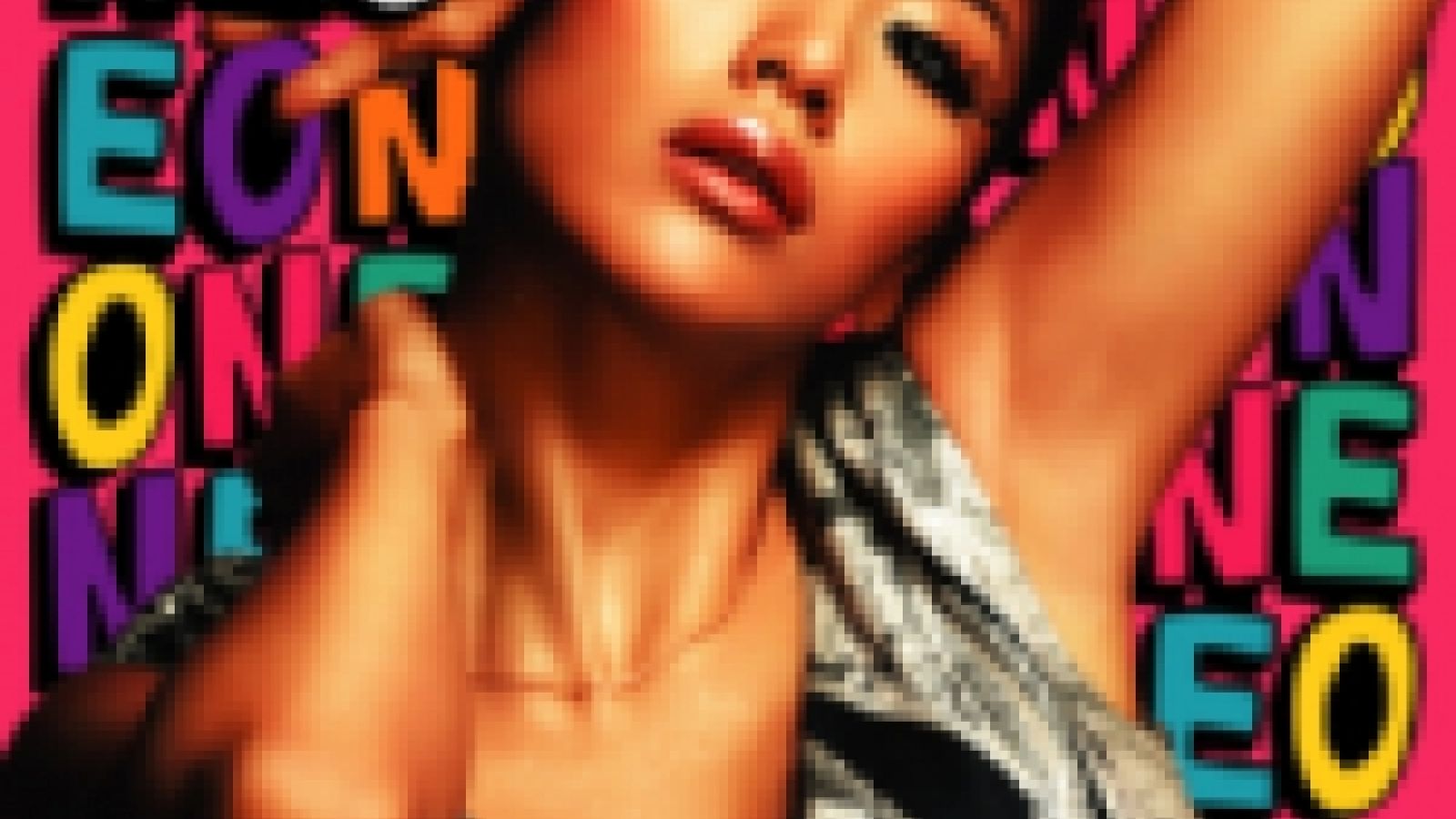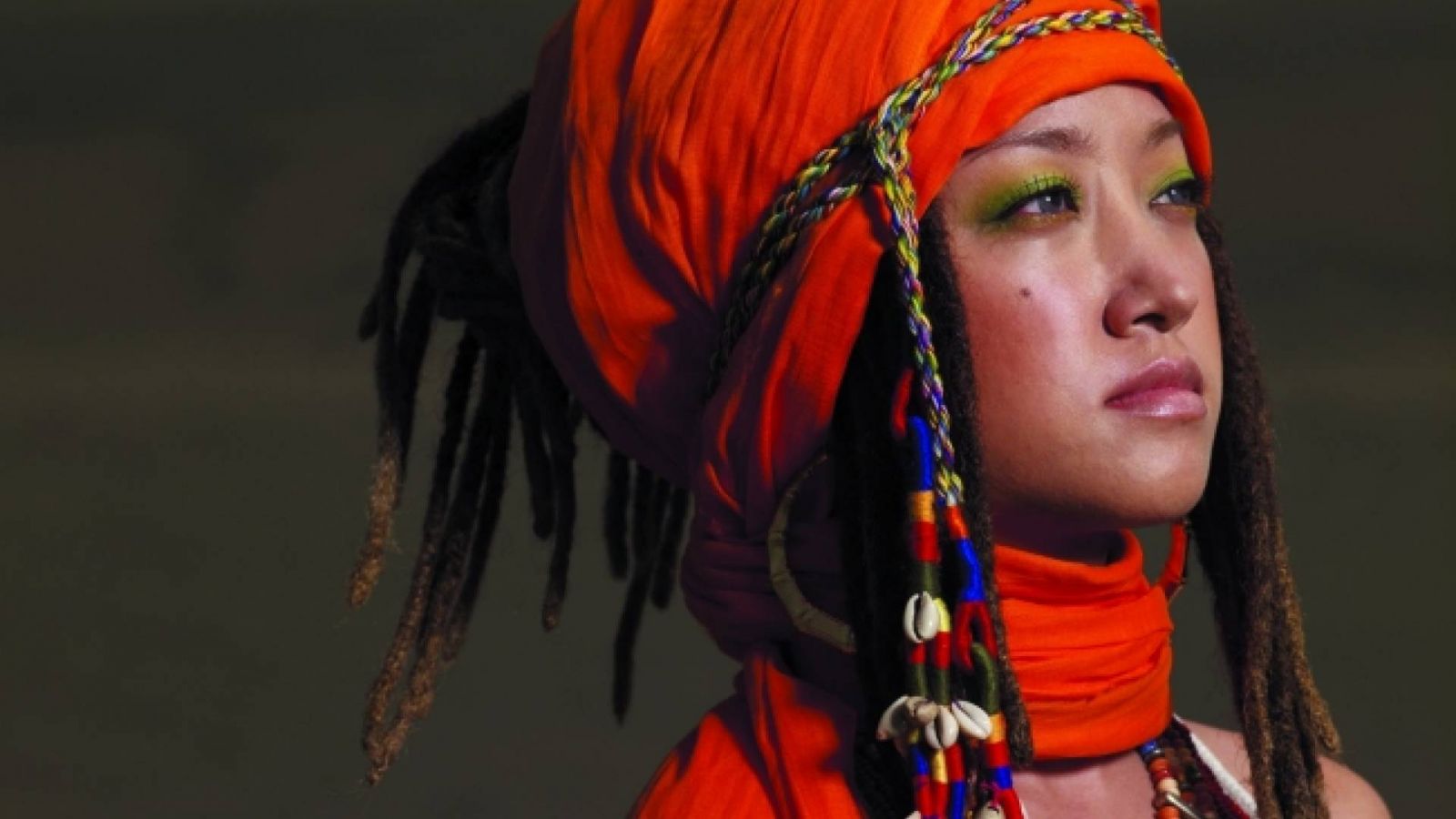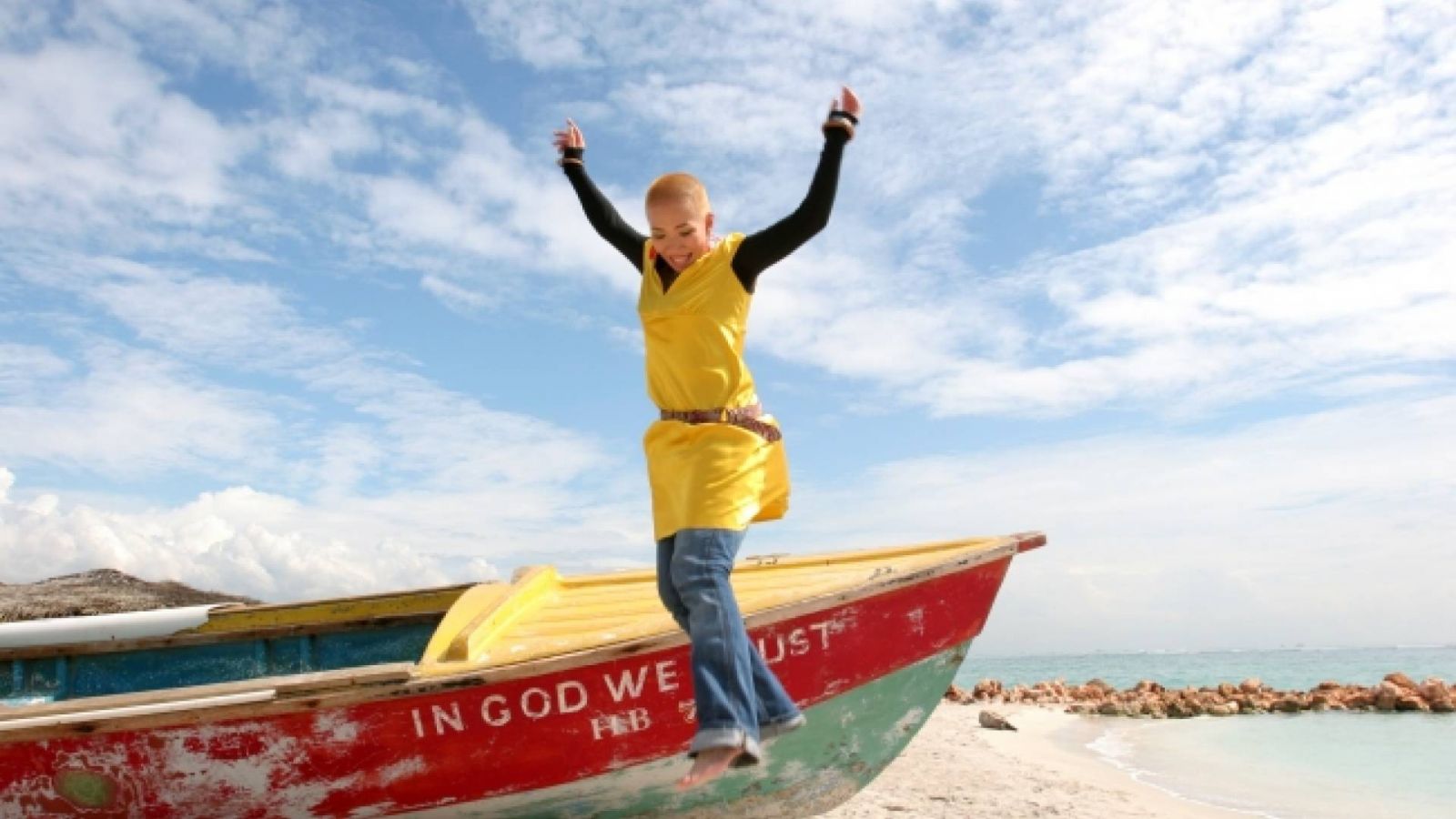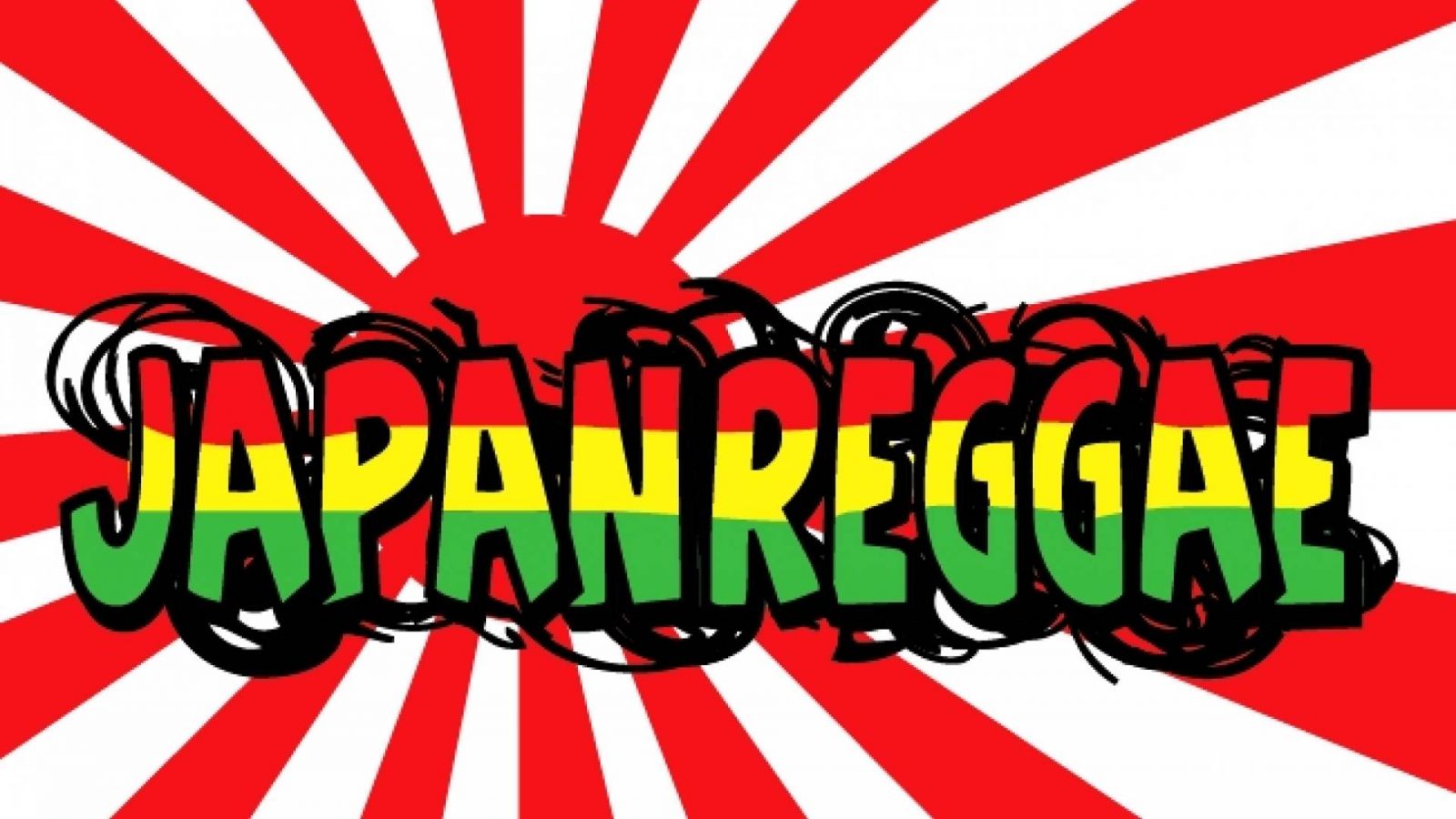Before starting this article, we asked various people about Japanese reggae and what artists they knew of. Most of the time they replied with a stunned "there are Japanese reggae artists?!" or named a few cross-over bands.
It seems that between the cutesy idol groups, androgynous visual kei bands and anime singers, little attention is paid to any other subculture of Japanese music. So therefore, JaME presents you a small overview of Japanese reggae and its artists.
HISTORY
So, let’s start at the very beginning. Reggae is a music genre that was developed in the 1960s, in Jamaica. The most known artist is without a doubt
Bob Marley, who managed around the seventies to spread the genre across the whole world. Gradually, the genre gained more and more publicity, integrating the originally Caribbean music style into the popular music culture.
Eventually, it reached Japan and received a number of followers, but it was not until about twenty years ago that the Japanese reggae scene started to become more prominent. It was a tough struggle and only in the early 90s did it really start to develop. Most of this happened in Yokohama, one of Japan’s biggest cities; reggae parties were organized and while in the beginning only a handful of people showed up, whenever there were around fifty people there, it already seemed like a huge crowd in the small clubs.
Slowly, more DJs started to spin reggae or dancehall reggae, and specialized clubs were started for reggae music, which soon acquired the nickname "Japareggae." Then, the next step was made and Japanese reggae artists started to appear. After all, it was easier for the fans to sing along with Japanese lyrics, though a number of artists also mastered the Jamaican patois for the authenticity it would add to their songs. Financially, it also seemed more reasonable to have a Japanese artist perform instead of flying an artist and their crew in from Jamaica.
But who was responsible for this? What managed to spark the people’s interest? Reggae was not totally unknown in Japan and
Bob Marley even included the country in his
Babylon by Bus tour in the late seventies, but when searching for the answer to this question of who motivated the Japanese people to start making reggae music, everything seemed to point in the direction of the DJ
RANKIN’ TAXI. Starting his own sound system crew(a group of several DJ’s, MC’s, engineers and so on) in the late eighties and later launching his label, he gave many a young artist the chance to release their work.
Nowadays, the reggae scene has expanded so much that after Jamaica, Japan has the biggest reggae scene in the world. The artists have gotten much more recognition; various artists are signed with major labels such as Sony or Avex and instead of the small underground parties with a crowd of fifty people, big festivals for ten or twenty-thousand people are held.
The scene seems very tight-knit; the artists are like one big family, supporting each other and probably more than in any other scene, they participate in each other’s recordings or produce their work together.
ARTICLE
This article will give a short introduction of various Japanese reggae artists. While it is impossible to name them all, this selection contains the artists that in our opinion, represent the Japanese reggae scene best, or are noteworthy in any way.
Please note that just like in the west, reggae hasn’t been standing still over the years and neither has technology, both leaving their imprints on the music. Reggae knows many a sub-genre now, such as dancehall or dub, though of course there is also much roots-reggae like music to be found.
Also, the Japanese background of the artists has an influence on the music, which is not only audible in the Japanese lyrics, but often they give the songs an authentic Japanese twist. Once in a while, some elements of traditional Japanese music are integrated in reggae, which actually works out surprisingly well.
MIGHTY CROWN
MIGHTY CROWN hails from Yokohama, where most of the reggae subculture of Japan has its roots. The band started in 1991, playing at clubs and producing their own works. After traveling to Jamaica, they built their own sound system and started to participate in clashes: battles between bands or DJs.
It seems that
MIGHTY CROWN has been the most influential band in the Japanese dancehall reggae scene, spreading dancehall both within the country with many events and also outside of Japan, performing in many overseas locations such as the Caribbean, the US and Europe. After winning the World Clash in 1999 -being the first and only Japanese artist to do so-, reggae suddenly got a huge boost in Japan and finally received more attention. Another reaction to this was that reggae fans from other countries became curious about what Japan’s reggae scene had to offer.
The band has their own company, MIGHTY CROWN ENTERTAINMENT on which you can also find the artists
Fire Ball, Papa B, Guan Chai and
Jing Teng.
Official site |
MySpace
DRY & HEAVY
DRY & HEAVY is considered the crème de la crème of Japanese dub reggae. Dub artists mostly consist of a bunch of DJs and producers together, but this band actually performs live.
The band was formed by two members in 1991 and are joined by a number of support musicians, among them two vocalists. Their sound is slow, relaxed and thick, featuring outstanding vocals from female singer
Likkle (Jamaican patois for 'little')
Mai that embrace you like a warm woolen blanket.
Along with gaining fans in Japan, the band has managed to attract a lot of attention from overseas. They also have various releases on European, American and Australian labels and tours abroad as well. Unfortunately, since 2002 the band hasn’t released anything; although they still occasionally collaborate with other artists, the members are mainly working on solo projects.
Official site |
MySpace
HOME GROWN
Having been around since the early nineties, the six-member group
HOME GROWN is a famous name in the reggae scene. Not only because of their own work, but mostly because of their work with plenty of other artists.
HOME GROWN has also toured with various other artists as their backing-band and you will find them credited for releases with artists such as
PUSHIM, m-flo, MOOMIN and many more artists.
The six members of the band first met each other in Shonan as they all worked at the popular resort. They usually stick to a more traditional reggae-sound or lover’s rock in their own work, but seeing as they are doing an enormous amount of collaborations, their sound gets a lot of input from the artists they work with too.
Official site
MOOMIN
MOOMIN is a male solo artist who mostly makes lovers reggae (a smoother kind of reggae usually focused on a love theme). He derived his name from the chubby cartoon character of the same name due to a vague resemblance. Unlike other male reggae artists that prefer to rap or utilize a more aggressive style of singing,
MOOMIN has a voice that cannot be described as anything other than sweet and melodious.
Starting as a reggae singer in 1991 and traveling to Jamaica in 1992, it took a few more years until he released his first maxi-single in 1997. Nowadays, we can find him on the Universal label, though he also has his own company, Overheat.
In addition to his own work,
MOOMIN has also done a number of collaborations, establishing his name and melodious vocals in the reggae scene and has also helped various new artists to gain some recognition in the scene.
Official site |
Overheat
PUSHIM
PUSHIM is affectionately dubbed "The Queen of Japanese reggae", though her repertoire spans many styles in addition to reggae. Her soulful, strong voice is suitable for many styles, though she usually sticks to a reggae or dancehall sound.
Debuting in 1999,
PUSHIM has since released an impressive amount of work and has established for herself a secure place in the Japanese reggae scene. She is also a familiar face in many reggae events and her popularity is growing steadily, also among the mainstream audience. She too works together frequently with other artists, one of her most notable collaborations being the song
As One with the renowned Jamaican roots reggae artist
Luciano.
Official site |
MySpace
MINMI
MINMI is another very well known female urban artist and producer, playing various styles such as reggae, dancehall, hip-hop, soca and more. She has proven countless times that she is not just a pretty face with a good voice; she writes all her own songs, arranges and produces them, as well as producing the work of other artists. She has also co-produced the riddim (the instrumental base of several reggae styles) "sakura," which can be heard in her song
Are yu ready and is used by various other artists from around the world.
Though she started performing in 1996, she didn’t make her debut until 2003. Since then, she has released various singles and albums and has done an impressive amount of collaborations with other artists. In addition to being popular in Japan, she has also stirred the scene in the Caribbean and was invited to perform at festivals in Trinidad and Tobago where she won a number of important contests with her soca tracks.
JaME artist profile |
Official site |
MySpace
Metis
Compared to the other artists mentioned,
Metis is kind of a newcomer, especially because she started her career in 2003 and only began to make reggae music in 2005. What makes her different from most of these other artists that started to appear around this time, is that
Metis is one of the few artists that uses Rastafarian references in her songs. She has also mastered the Jamaican patois quite well, which she includes in her lyrics once in a while as well.
JaME artist profile |
Official site |
MySpace
Other artists
If Japanese reggae grabbed your attention and you’re curious to see what other artists are to be found in the scene, here are a number of names:
RYO THE SKYWALKER, MEGARYU, Munehiro, Lecca, PANG, Nine Miles, Rickie-G, Natural Radio Station, Shonnanokaze, Nahki, Mute Beat, Mikidozan, Fireball, Little Tempo, Mighty Jam Rock, BAGDAD CAFE THE trench town and many, many more.
Do you have any comments about this article? Please feel free to discuss it in
our forum.

